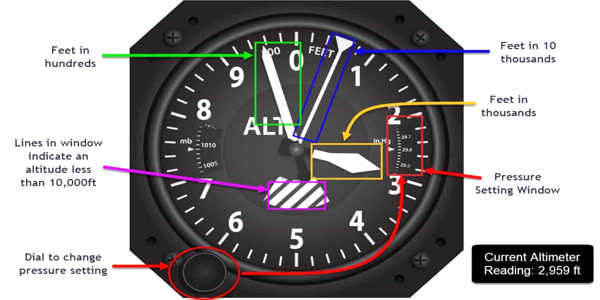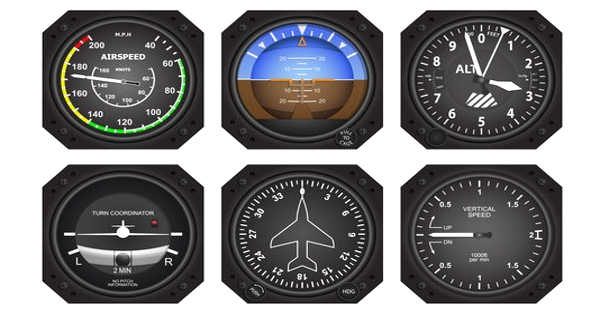An altimeter is a device that measures altitude—the distance a location is above sea level. Most altimeters are barometric, which means they calculate altitude by calculating the air pressure at the location. As altitude increases, so does air pressure.
An altimeter, also known as an altitude meter, is a device that measures the altitude of an object above a fixed level. Altimetry is the measurement of altitude, which is related to bathymetry, the measurement of depth underwater. Except in North America and Japan, where inches of mercury (inHg) is used, hectopascals (hPa) are the most commonly used unit for altimeter calibration worldwide. The local barometric pressure must be correctly calibrated in order to obtain an accurate altitude reading in feet or meters.
Altimeters are critical navigation instruments for aircraft and spacecraft pilots who want to know how high they are above the Earth’s surface. Altimeters are also used by skydivers and mountaineers to determine their location in the sky or on the ground.
It is a pressure-operated device. It is similar to a simple anaeroid barometer except that it is graduated in distance units, typically meters or feet. It works by measuring air pressure, taking advantage of the fact that the air pressure in the atmosphere drops by about 1 millibar for every 10 meters of height.

Because the pressure measured is static, it is unaffected by the plane’s airspeed. The operation is based on the fact that a compressible, sealed metal canister contains a fixed amount of air. The canister expands as the external air pressure decreases. This movement is transmitted to an instrument dial via a mechanical linkage. To make it easier to read, the dial usually has two pointers with units of 103 and 102 meters (or feet).
The two main types are the pressure altimeter, or aneroid barometer, which measures atmospheric pressure to approximate altitude above sea level, and the radio altimeter, which measures absolute altitude (distance above land or water) based on the time it takes a radio wave signal to travel from an airplane, weather balloon, or spacecraft to the ground and back. The pressure altimeter works on the assumption that average atmospheric pressure decreases linearly with altitude.
The most common type of altimeter is a barometric altimeter. They measure air pressure to determine altitude. Air pressure decreases as altitude increases. This is because the density of air at high altitudes is lower (thinner). It puts less strain on the Earth below.
The readings on an altimeter change as the elevation changes. Denali, Alaska, has about half the atmospheric pressure of Honolulu, Hawaii. Denali, also known as Mount McKinley, is North America’s highest peak. Honolulu is a sea-level city.
















